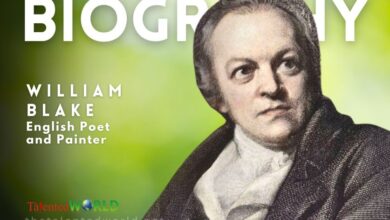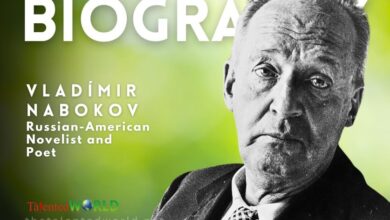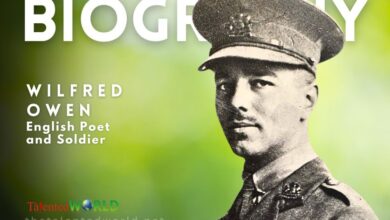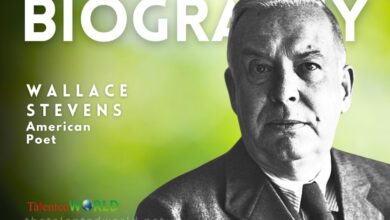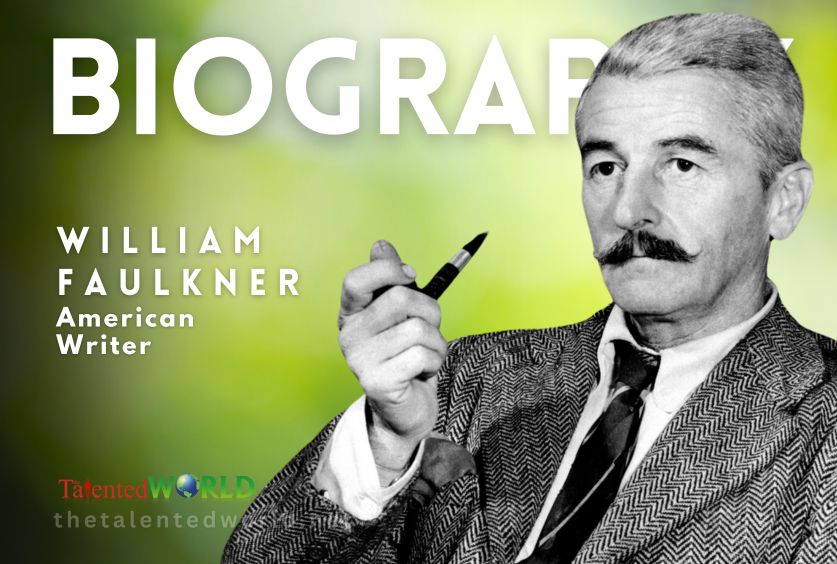
Quick Facts
| Fact | Details |
|---|---|
| Full Name | William Cuthbert Falkner |
| Birthdate | September 25, 1897 |
| Place of Birth | New Albany, Mississippi, U.S. |
| Date of Death | July 6, 1962 |
| Place of Death | Byhalia, Mississippi, U.S. |
| Education | University of Mississippi (no degree) |
| Notable Works | – The Sound and the Fury (1929) – As I Lay Dying (1930) – Light in August (1932) – Absalom, Absalom! (1936) |
| Notable Awards | – Nobel Prize in Literature (1949) – National Book Award (1951, 1955) – Pulitzer Prize for Fiction (1955, 1963) |
| Spouse | Estelle Oldham (married in 1929) |
| Significant Contribution | One of the most celebrated writers of American literature and is often considered the greatest writer of Southern literature |
| Major Setting for Works | Fictional Yoknapatawpha County, based on Lafayette County, Mississippi |
William Faulkner Books
| Title | Year |
|---|---|
| The Sound and the Fury | 1929 |
| A Rose for Emily | 1930 |
| As I Lay Dying | 1930 |
| Light in August | 1932 |
| Absalom, Absalom! | 1936 |
| If I Forget Thee, Jerusalem | 1939 |
| Barn Burning | 1939 |
| Sanctuary | 1931 |
| Dry September | 1931 |
| The Hamlet | 1940 |
| Go Down, Moses | 1942 |
| Sartoris | 1929 |
| A Fable | 1954 |
| The Reivers | 1962 |
| The Mansion | 1959 |
| Intruder in the Dust | 1948 |
| Collected Stories | 1948 |
| Soldiers’ Pay | 1926 |
| That Evening Sun | 1931 |
| Pylon | 1935 |
| Flags in the Dust | 1973 |
| Mississippi | 1954 |
| Knight’s Gambit | 1949 |
| My Mother is a Fish: A Commonplace Reader of William Faulkner’s Fiction | – |
| Uncollected stories of William Faulkner | 1950 |
| The Portable Faulkner | 1946 |
| Works of William Faulkner: The Sound and the Fury / Sanctuary / Light in August / As I Lay Dying | 1929 |
| The Sound and the Fury: & As I Lay Dying | 1946 |
| Mountain Victory | 1932 |
| Ad astra | 1931 |
| Delta Autumn | 1942 |
| New Orleans Sketches | 1958 |
| All the Dead Pilots | 1931 |
| Collected Short Stories | 1958 |
| Gambito de Caballo | – |
| Mayday | – |
| Santuary | – |
| Go Down, Moses (SparkNotes Literature Guide) | – |
| Selected Letters of William Faulkner | 1976 |

